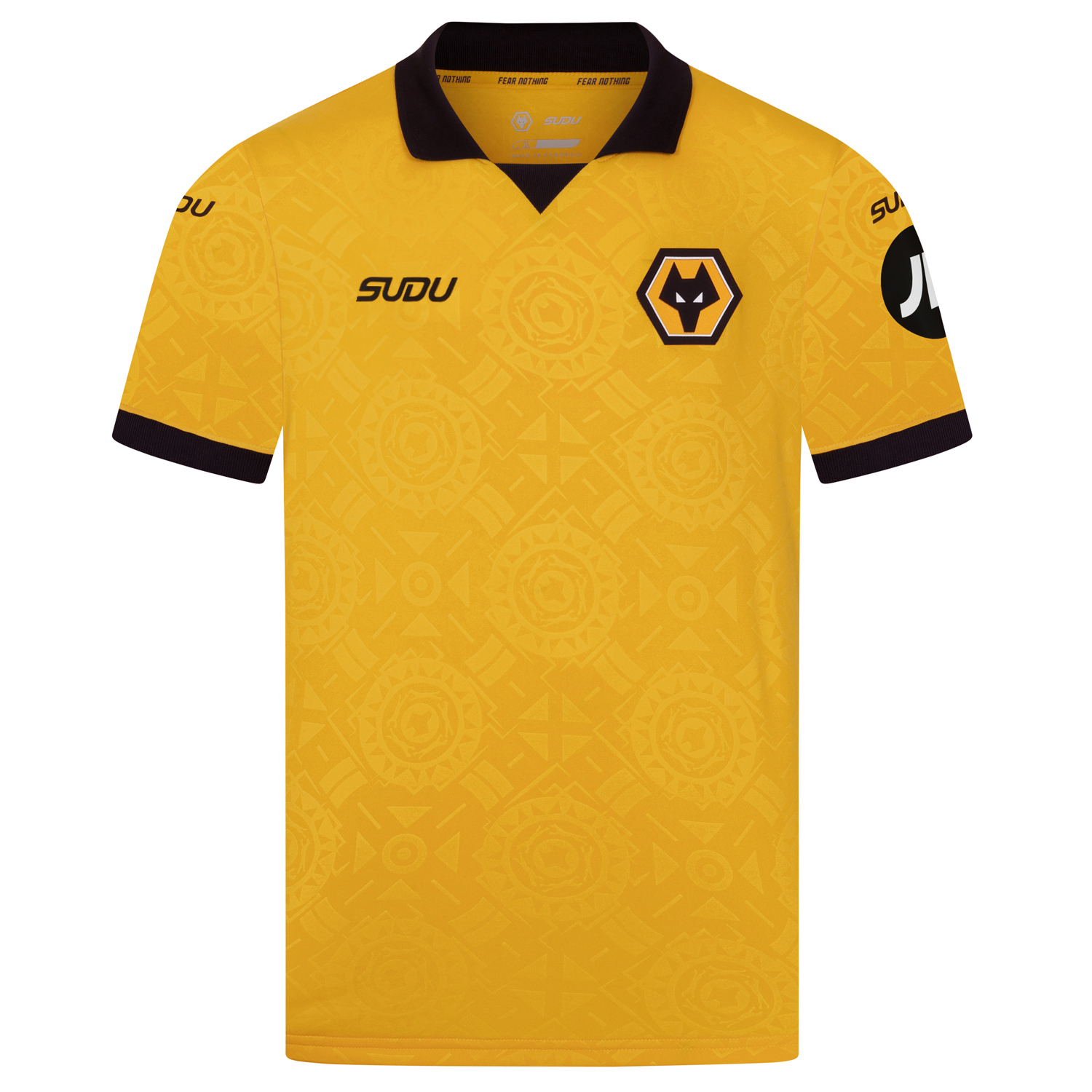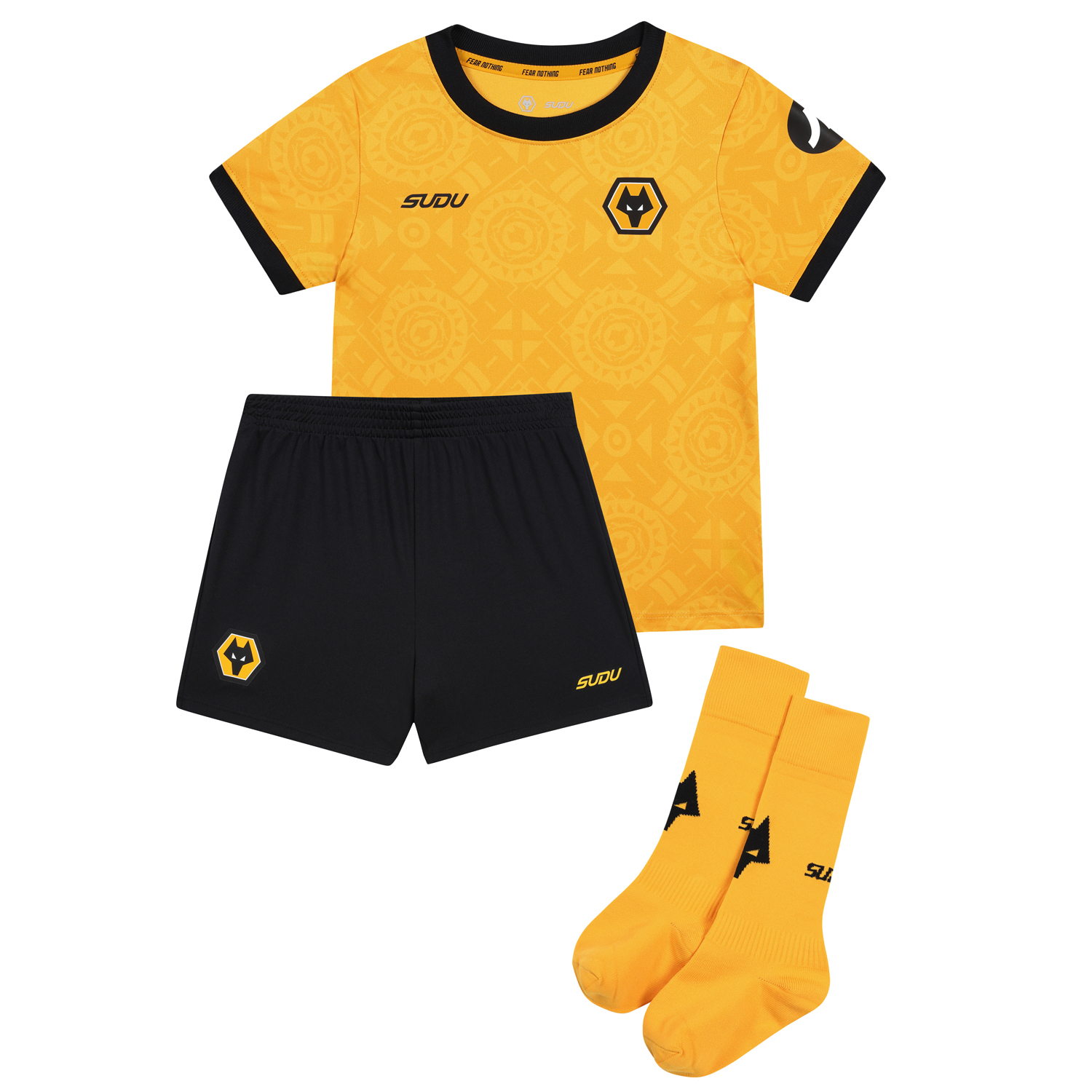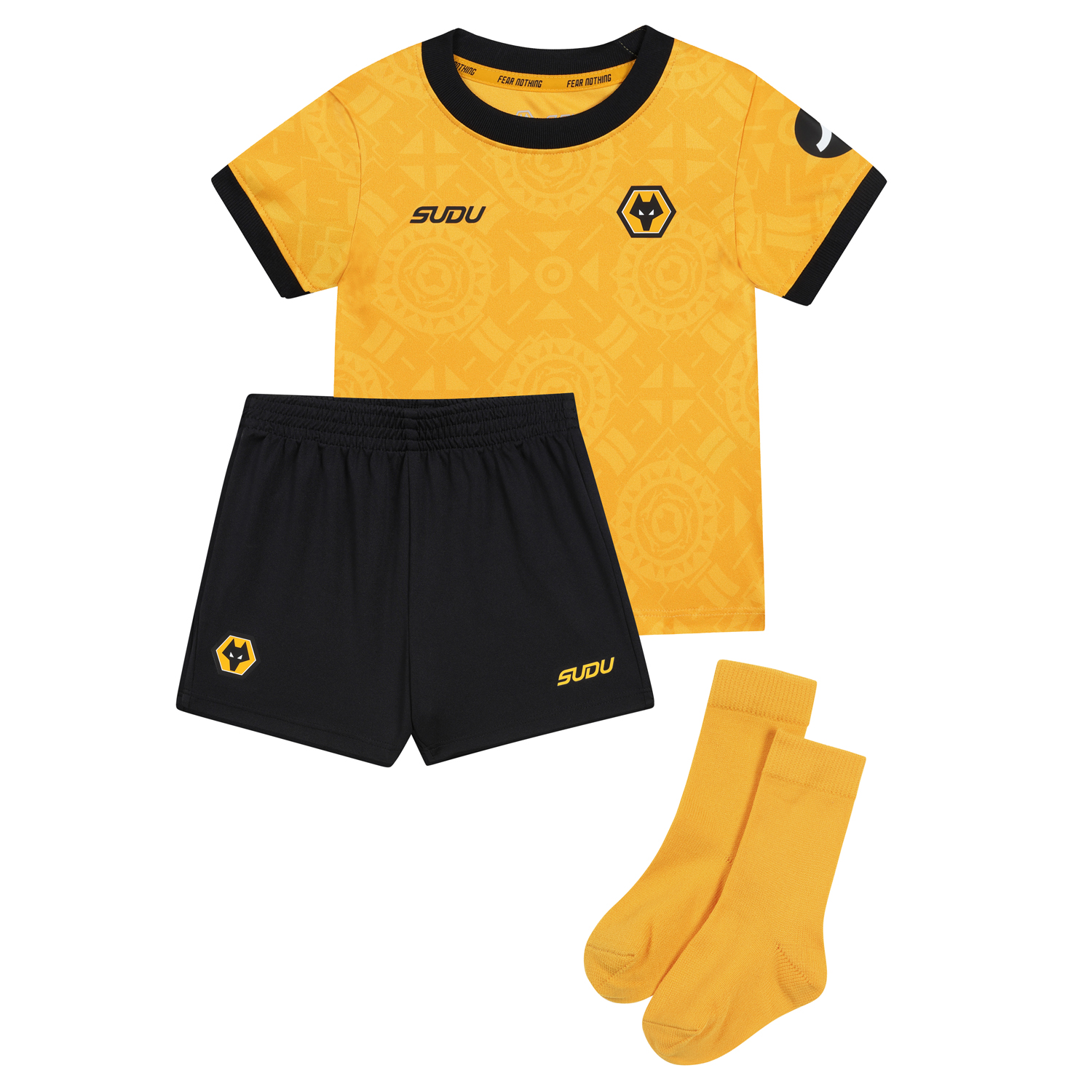The Wolves’ groundstaff are again as busy as ever this pre-season preparing the Molineux and Compton Park pitches for the return of Wolves’ first team and Academy squads later this month.
Work on some of the ten pitches at Compton began even before the end of last season, whilst the Molineux surface was dug up on Bank Holiday Monday (May 30th) – the day after a busy spell of cup finals and charity and corporate fixtures had come to an end.
The first team pitch has now been seeded and, with the contractors having departed, work begins in earnest for the dedicated team of groundstaff who cover both Molineux and Compton Park.
“As soon as all the games and the cup finals had finished, the work started, on Bank Holiday Monday,” explains Head Groundsman Wayne Lumbard.
“We start by taking off all the grass on the pitch and then a further five to six millimetres of organic matter off the top down to where it is looking clean and like a billiard table.
“Then we top up the goalmouth areas, linesman’s runs, and cultivate them.
“The top dressing goes on – about 90 tonnes – to compensate for what we have taken off.
“Then we put a lot of spike holes into it, drag all the sand into the spike holes, seed and fertilise, and off we go.
“It was seeded last Friday and then we start getting the water on and the grass starts growing again.
“Once the contractor goes we start watering and within five or six days we see the green tinge coming back on the pitch.
“When we get the green tinge we start the cutting process and fertilising and that becomes a daily routine make sure the pitch is in the best condition for the pre-season friendly and then the new season.”
The work at Molineux goes hand in hand with the cultivation of the pitches at Compton Park.
And, as Lumbard reveals, that extends to the indoor and outdoor 3G surfaces which, although artificial, also need plenty of tender, loving care!
“There are ten pitches at Compton Park altogether, and we cater for everyone from the Under-7s right through to the first team,” he says.
“We always start with one or two of the pitches in April, when we take them out of commission so that they are ready for when the players come back towards the end of June.
“As we speak now, those pitches are almost playable, and we have other pitches at different stages for when the players come back or when after the pre-season tour.
“We also have to work on the astro pitches as well.
“They are different to the grass pitches but you still have to do a lot of work on them because there is no natural recovery.
“With the living grass there is sunshine, water and fertiliser to bring it back but with artificial you have to mechanically do that.
“That involves raking it, brushing it, de-cleaning it, agitating the rubber crumb.
“The more it is played on the more it flattens and because it doesn’t automatically come back up again we have to move it up and get all the fibres standing up.”









